Who is Caroline Herschel and why is she Google's Doodle?
Search engine pays tribute to a pioneering female astronomer on her 266th birthday

Today's Google Doodle marks the birth of an early female astronomer whose contributions to the field were celebrated during her lifetime but have since faded into obscurity.
Caroline Lucretia Herschel was born in Hanover, Germany, on 16 March 1750 to a Jewish army musician and his Christian wife.
A bout of typhus stunted her growth at the age of ten, making her "unmarriageable", and her mother believed she should be trained to go into domestic service rather than receive an education. However, Herschel's father allowed her to take part in her brothers' lessons.
The Week
Escape your echo chamber. Get the facts behind the news, plus analysis from multiple perspectives.

Sign up for The Week's Free Newsletters
From our morning news briefing to a weekly Good News Newsletter, get the best of The Week delivered directly to your inbox.
From our morning news briefing to a weekly Good News Newsletter, get the best of The Week delivered directly to your inbox.
A talented singer, she emigrated to Bath to join her brother, William, a choirmaster and music teacher. He also had an interest in astronomy and Herschel joined him in his studies, becoming a respected astronomer in her own right. He became an expert telescope-builder and was eventually appointed king's astronomer to George III – Herschel's stipend as his assistant makes her the first woman in history to be a paid scientist.
Although her letters and diaries play down her role, which she described as merely a helper to her brother, Herschel worked independently before and after his death. She discovered several astronomical objects, including eight comets, and made the first sighting of Messier 110, a satellite of the Andromeda Galaxy.
After her brother's death in 1822, Herschel returned to Hanover and set about compiling a catalogue of existing nebulae for her nephew, John, an aspiring astronomer. For her work, she received a gold medal from the Royal Astronomical Society and was elected an honorary member in 1835 – both firsts for women.
Two hundred and sixty-six years after her birth, her name lives on in the 35P/Herschel-Rigollet comet, the moon crater C. Herschel and the asteroid 281 Lucretia.
A free daily email with the biggest news stories of the day – and the best features from TheWeek.com
-
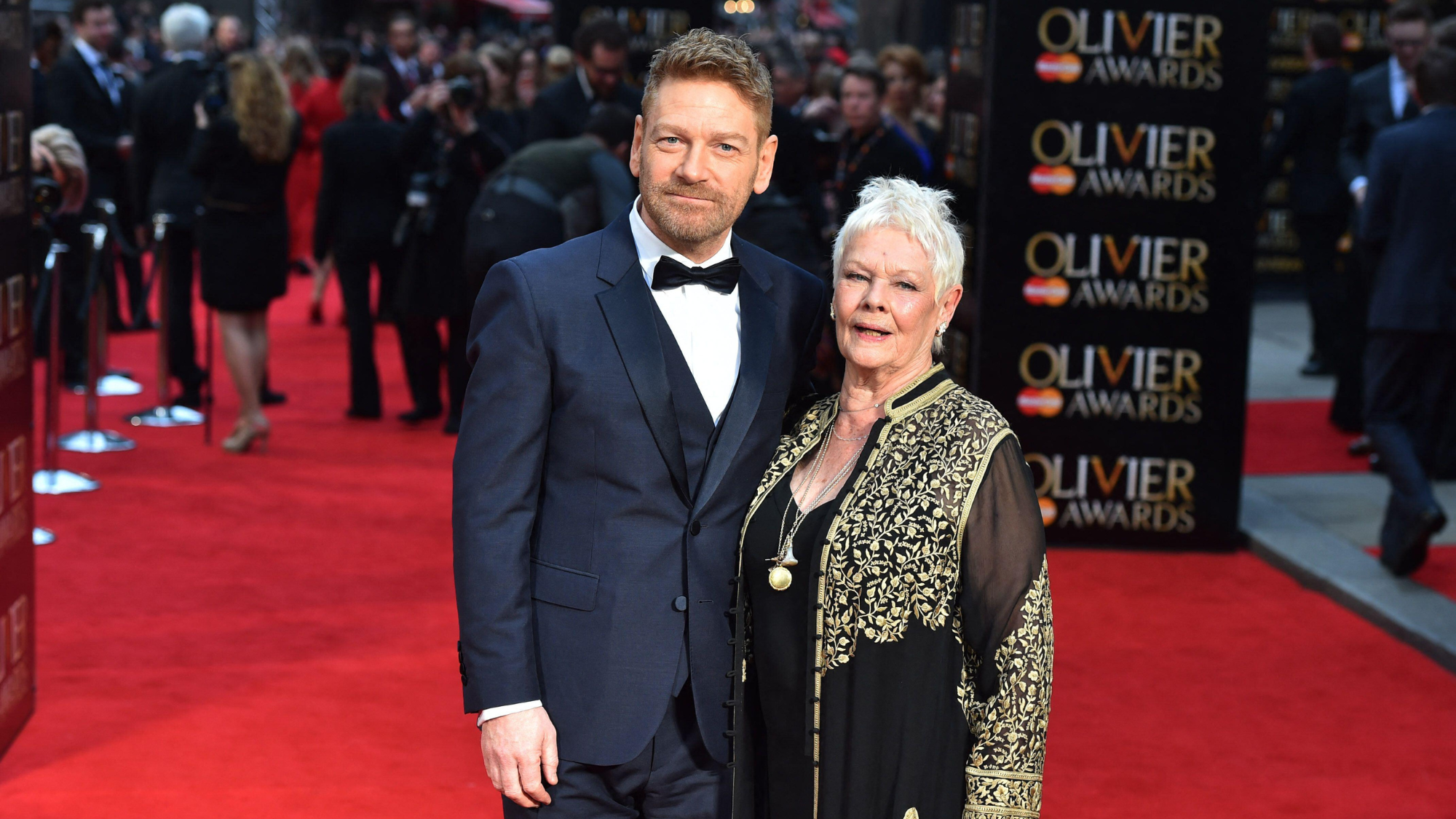 Tea with Judi Dench: ‘touching’ show is must-watch Christmas TV
Tea with Judi Dench: ‘touching’ show is must-watch Christmas TVThe Week Recommends The national treasure sits down with Kenneth Branagh at her country home for a heartwarming ‘natter’
-
 Codeword: December 24, 2025
Codeword: December 24, 2025The daily codeword puzzle from The Week
-
 Sudoku hard: December 24, 2025
Sudoku hard: December 24, 2025The daily hard sudoku puzzle from The Week
-
 Neanderthal gene ‘caused up to a million Covid deaths’
Neanderthal gene ‘caused up to a million Covid deaths’Speed Read Genetic tweak found in one in six Britons means cells in the lungs are slower to launch defences
-
 Legalising assisted dying: a complex, fraught and ‘necessary’ debate
Legalising assisted dying: a complex, fraught and ‘necessary’ debateSpeed Read The Assisted Dying Bill – which would allow doctors to assist in the deaths of terminally ill patients – has relevance for ‘millions’
-
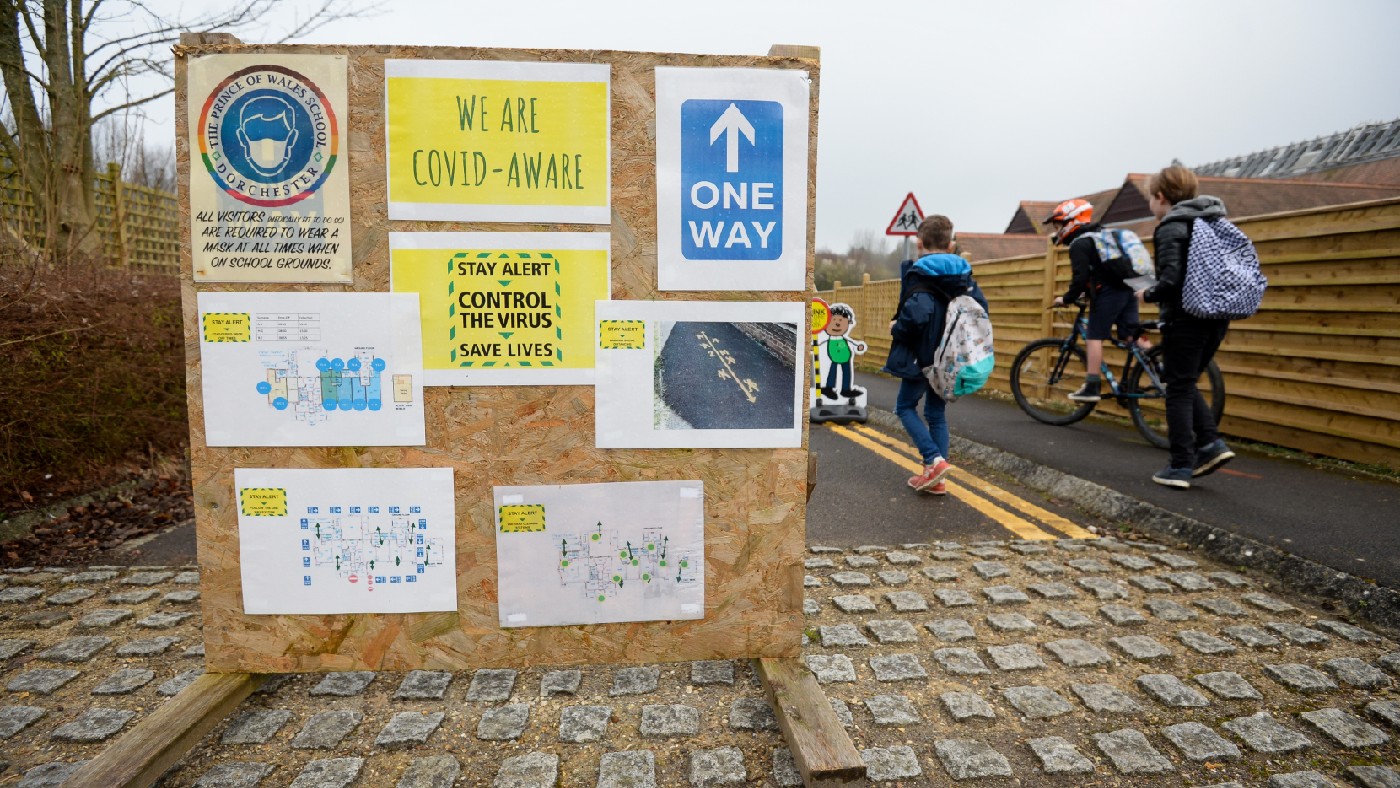 Vaccinating children: it’s decision time for the health secretary as kids return to school
Vaccinating children: it’s decision time for the health secretary as kids return to schoolSpeed Read Sajid Javid readying NHS England to roll out jab for children over 12, amid fears infections will rocket
-
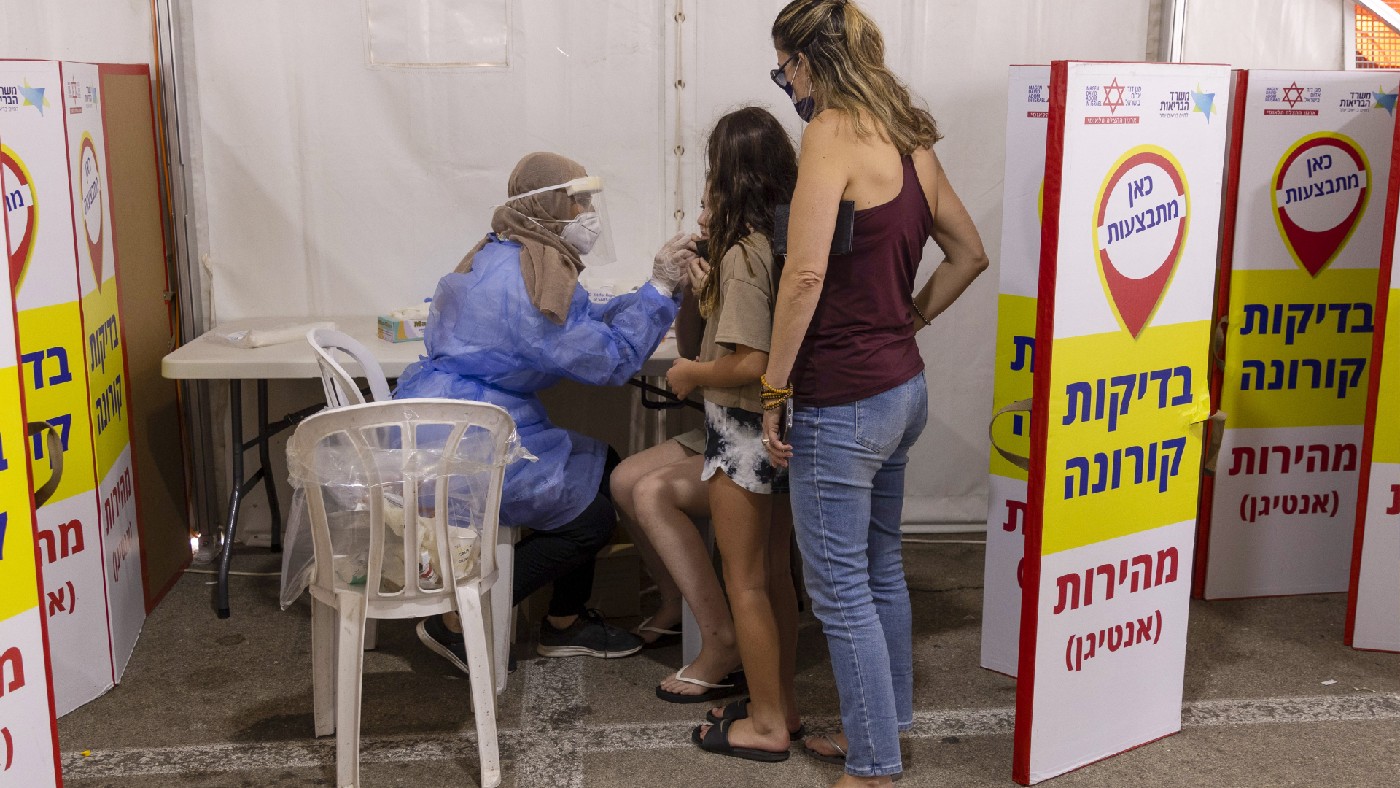 ‘Vaccination blunts, but does not defeat’: exploring Israel’s fourth Covid wave
‘Vaccination blunts, but does not defeat’: exploring Israel’s fourth Covid waveSpeed Read Two months ago, face masks were consigned to bins. Now the country is in a ‘unique moment of epidemiological doubt’
-
 Thousands told to self-isolate in Covid app pinging error, claims Whitehall whistleblower
Thousands told to self-isolate in Covid app pinging error, claims Whitehall whistleblowerSpeed Read Source says Matt Hancock was privately told of the issue shortly before he resigned as health secretary
-
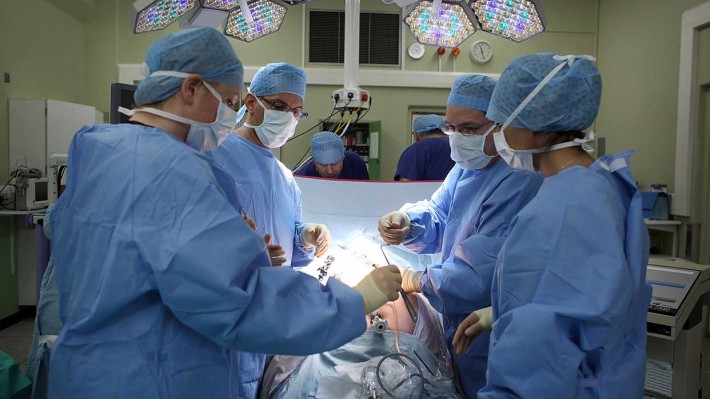 Record 5.45m people on NHS England waiting lists
Record 5.45m people on NHS England waiting listsSpeed Read Health chief warns that crisis is nearing ‘boiling point’ as backlog grows
-
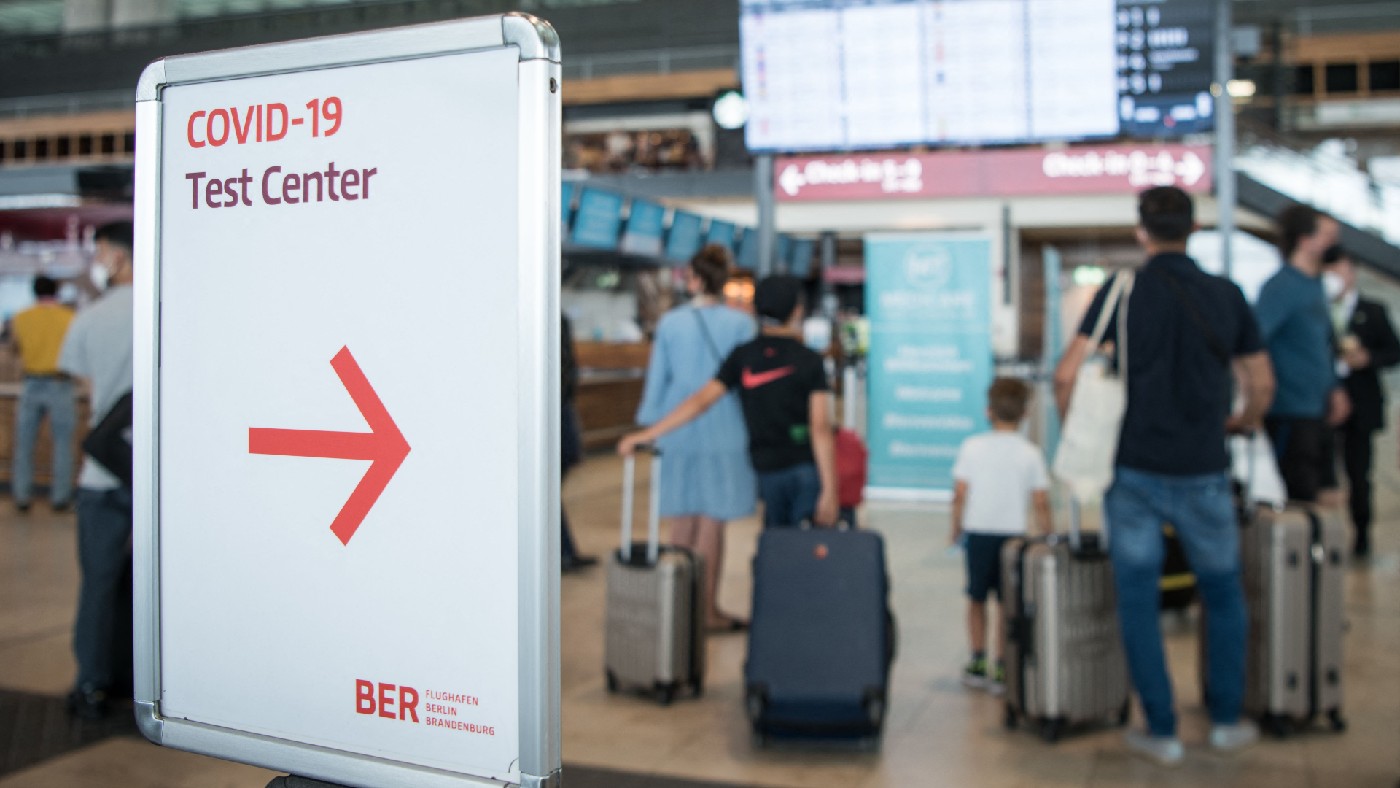 Covid testing: the ‘great new game of holiday roulette’
Covid testing: the ‘great new game of holiday roulette’Speed Read On one day last week, the price of a private PCR test ranged from £23.99 to £575
-
 San Marino is first European country to offer ‘vaccine vacation’
San Marino is first European country to offer ‘vaccine vacation’Speed Read Tiny landlocked nation to give Russian Sputnik vaccine to paying tourists